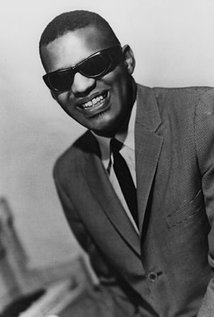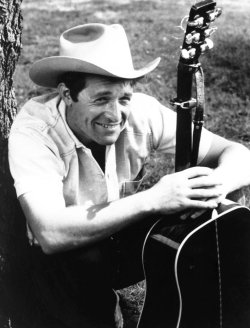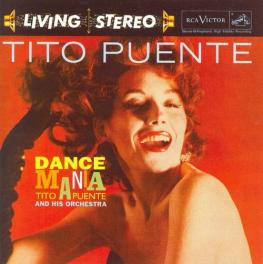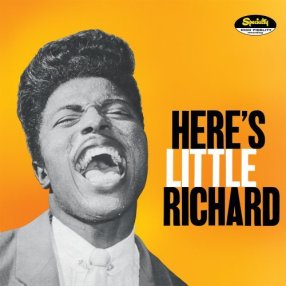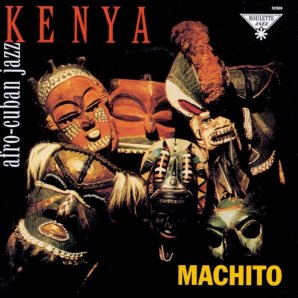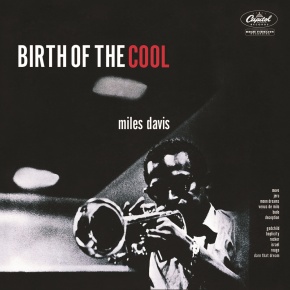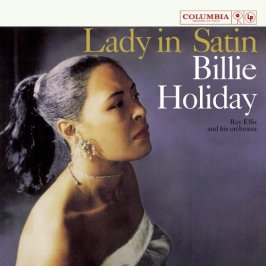
Lady in Satin is truly a haunting record. One of the most raw, emotional and deeply personal musical recordings of all time, it still manages to leave listeners speechless over a half-century later. It was sadly the final album Billie Holiday would release during her lifetime, as she would die of liver cirrhosis brought on by alcoholism, just a year and a half later at the age of 44. Her voice is damaged and weak in this album, and while you would think that such a thing would detract from the music, in reality it’s exactly the opposite. She gives one of the most profound and emotional vocal performances I have ever heard in this record, singing every line with the entirety of her heart and soul. This album is truly unforgettable.
I can’t help but make comparisons to a previous album on this list, In the Wee Small Hours by Frank Sinatra, released 1955. They are incredibly similar in instrumentation, mood and lyrical content, and while I prefer Sinatra’s album (it’s still #1 on my album rankings after 16 albums!), this album is still a masterpiece in its own right. They share three of the same songs, (namely, covers of “I Get Along Without You Very Well,” “Glad to Be Unhappy,” and “I’ll Be Around”) but despite the many similarities, they remain wildly different albums. Sinatra’s voice is unwavering and flawless, and Holiday’s voice is tattered and broken. Both singing styles compliment the music greatly, but in much different ways. Personally, I prefer Holiday’s delivery, as I find it conveys a whole world of emotion that Sinatra’s only hints at in comparison. Ray Ellis, the mastermind behind Lady in Satin’s brilliant instrumentation, was originally unhappy with her damaged-sounding vocals, but listening to the master tapes later in production, he heard it in a whole new light. He noted that her delivery and performance didn’t shine in opposition to her voice, but rather the two enhanced each other. I completely agree; she really knew how to sing a lyric, and her decades of musical experience shined through and brought this album from average to unforgettable.

Photo of Billie Holiday, source: MTV.com
My personal favorite of the album’s eleven tracks is “For Heaven’s Sake.” It’s got the usual great vocal delivery, but there’s just so much nuance and subtlety in the instrumentation, such as the brilliantly understated piano in the opening. I almost can’t even put my finger on just what makes this track so good. One of my favorite parts is this high-register background voice that shows up throughout the record (courtesy of Elise Bretton and Miriam Workman). It sounds almost theremin-like, and grants each track an otherworldly, ethereal vibe that just seems to speak to me on a deep, indescribable level. Holiday’s vocals and Ellis’ orchestra work together absolutely flawlessly, and together they create a borderline perfect atmosphere of both gloom and hope. This is a theme carried throughout the album; almost every track deals in doomed love and broken relationships, ruminating on the nature of love in the face of uncertainty and opposition. Some other highlights include her take on the staple “I Get Along Without You Very Well,” as well as the ultra-downer “You’ve Changed.” The album sure gives you a lot to think about, and is a highly emotional listening experience from start to finish.
So in conclusion, Lady in Satin is a masterpiece, plain-and-simple. Billie Holiday delivers one of the best vocal performances I’ve ever heard on this album, and Ray Ellis’ instrumentation is worth the listen on its own. It’s an album I would recommend to any music lover, and I don’t think I’ll be forgetting about this one any time soon.
Favorite Tracks: “For Heaven’s Sake,” “I Get Along Without You Very Well,” “You’ve Changed”
Next Up: Jack Takes the Floor by Ramblin’ Jack Elliott (1958)

